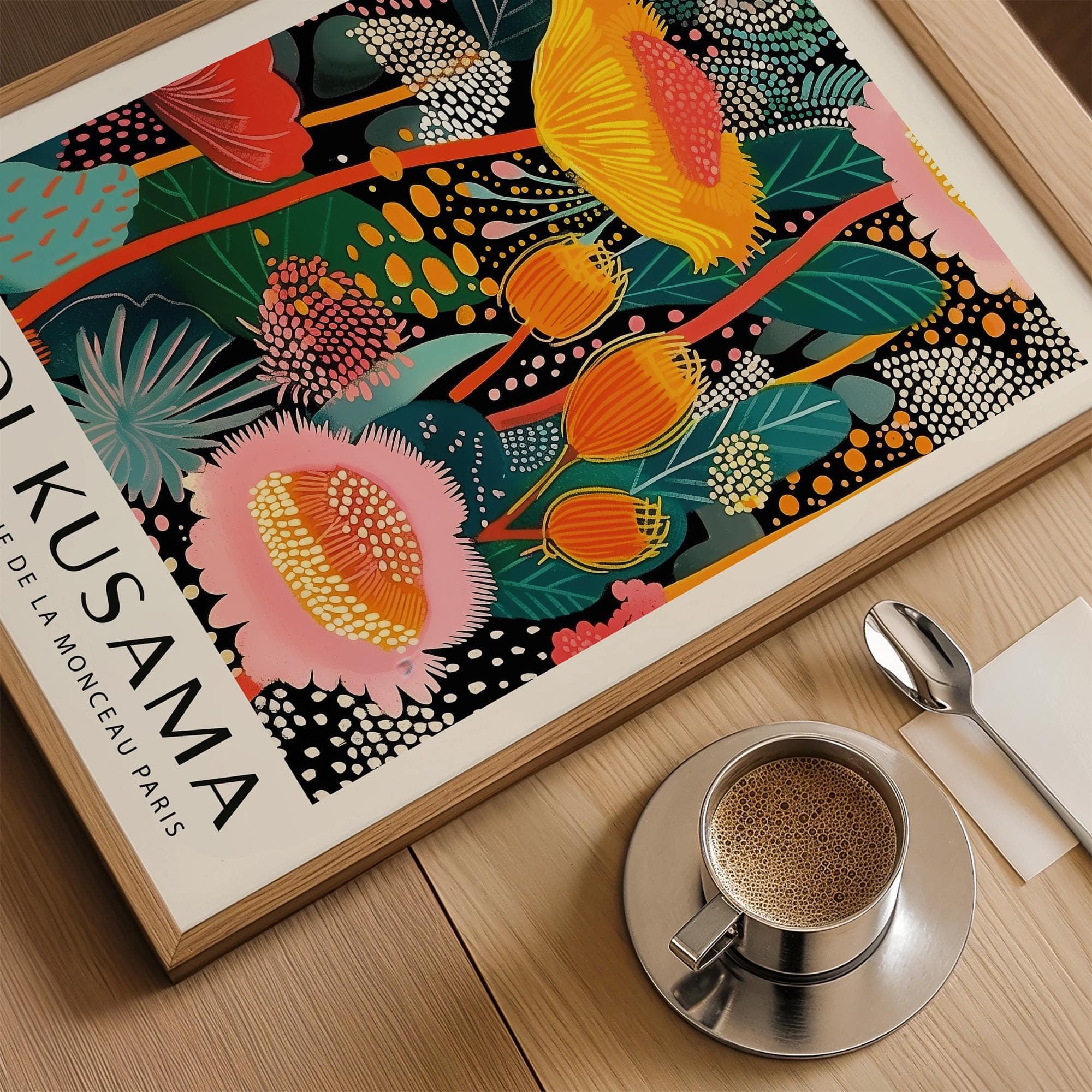Vintage Japanese Wall Art: Cultural Depth and Style
Vintage Japanese wall art is more than just old prints or paintings—it represents a layered history of craftsmanship, philosophy, and natural beauty. From 19th-century woodblock prints to hand-painted scrolls, these works carry an authenticity that’s hard to replicate. Whether you're collecting or decorating, understanding the roots and meaning of vintage Japanese art adds purpose to your space.
What Defines Vintage Japanese Wall Art?
“Vintage” generally refers to pieces that are at least a few decades old. In Japanese art, this can include woodblock prints from the Edo and Meiji periods, early 20th-century posters, and hand-painted scrolls passed through families. These works reflect cultural moments, whether it’s the rise of the merchant class, the influence of Western aesthetics, or traditional beliefs passed through generations.
Unlike mass-produced decor, vintage Japanese wall art typically shows signs of age—faded inks, textured paper, and hand-carved block details. These characteristics give the artwork a presence that adds soul to your interiors.
Common Motifs in Vintage Japanese Art
Nature plays a central role in most vintage pieces. You’ll find imagery of Mount Fuji, koi fish, cherry blossoms, cranes, and bamboo forests. These aren’t chosen randomly—each symbol holds cultural weight. For example, plum blossoms signify perseverance, while waves represent the strength and unpredictability of life.
You’ll also see seasonal references and daily life scenes—farmers planting rice, women preparing tea, or kabuki actors mid-performance. These glimpses into Japanese life provide context and historical depth.
Woodblock Prints: The Foundation of Vintage Aesthetics
Woodblock printing, or ukiyo-e, is the most recognized form of vintage Japanese wall art. Artists like Hokusai and Hiroshige made this style famous, producing prints that are now collected globally. The technique involves carving a separate block for each color, layering them with meticulous care to produce scenes full of detail and emotion.
If you're interested in this art form, look for signs of authenticity: the texture of the paper, visible registration marks, and subtle irregularities that reveal it wasn’t printed by a machine.
Where to Display Vintage Japanese Art
Vintage pieces suit quiet areas—reading nooks, hallways, and dining rooms—where they can be appreciated up close. These works often carry visual calm, making them perfect for restful spaces. Their subtle colors pair well with aged woods, muted walls, and natural fibers like linen or jute.
If you’re adding just one piece, hang it at eye level with soft lighting to highlight the textures and line work. To view a curated mix of old-world and reissued styles, check out our Japanese art prints.
Styling Tips for Modern Homes
While vintage Japanese wall art holds history, it works beautifully in modern settings too. A single woodblock print can offset sleek furniture, bringing warmth and contrast to sharp lines. You can also layer a few smaller prints within a gallery wall or pair them with ceramics, low lighting, and neutral textiles.
To keep the look authentic, avoid overly ornate frames. Instead, choose simple wood frames or hang scroll-style pieces directly with a wooden rod and cord.
Preserving and Displaying Vintage Pieces
If you’re working with original prints or antique scrolls, preservation matters. Keep them out of direct sunlight and away from high humidity. Framing with UV-protective glass and acid-free mats helps extend their life. Avoid hanging near heat sources or placing them in kitchens or bathrooms, where moisture can warp paper and pigment.
Final Thoughts
Vintage Japanese wall art brings more than style to a room—it brings a story. Whether it’s a modest farmer etched into wood or a majestic crane captured mid-flight, these pieces connect your space to a broader history. Choose ones that feel personal, and let them quietly anchor your home with intention and care.











































